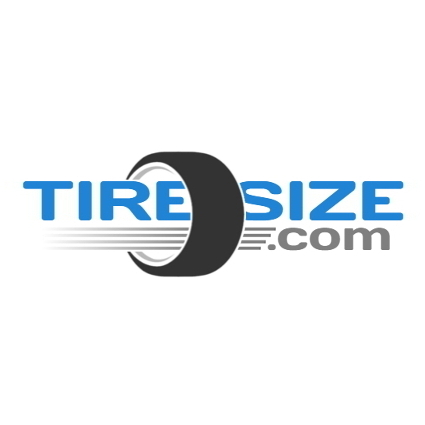Anybody on here running 3.21 with 35's and a lift? I am in the ordering process and going back and forth between the 3.21 and 3.92. I hardly tow anything and don't care much about the "sporty" feel. Would mainly be for the strain on transmission or severe pedal lag with heavy tires and lift. Appreciate any feedback!
I did some calculations for the difference between a standard 32” wheel and a 35” wheel, without showing all the math calculations, it turns out to be very close to 10% bigger, if your speedometer is not corrected it changes everything, your miles per hour and your mpg will be off by 10%.
Going to a 35” wheel your speedometer will be off by just under 6 mph.
I also calculated the amount of revolutions per mile for a 32” wheel and by going with a 35” wheel with the same amount of revolutions your truck will have travelled an extra 500 feet, so when your odometer shows that you travelled 10 miles your truck will actually have travelled almost 11 miles.
1 mile difference added every 10 miles does not seem like much but when you calculate your mpg and if it says 20 mpg your truck will have actually travelled 22 miles. So in reality you did 22 mpg.
Many people say “I lost 2 mpg or so by going to a bigger wheel” without taking in the consideration of the extra distance travelled.
I realize the extra weight of the tire makes a difference, it’s the extra diameter that will make a bigger difference, specially 3” taller.
It is a very wise decision to go with the 3.92 gear ratio if your getting bigger wheels, you will not notice much torque loss and it will slightly drop your rpm at highway speed, you would have to go with a much bigger wheel to achieve the rpm of the 3.21, more like 38”
My Rebel diesel comes standard with the 33” wheels, it’s my first diesel and extremely satisfied with the performance and efficiency.
Let us know what you end up buying.













